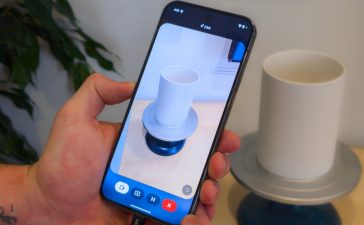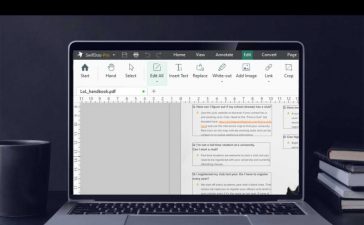Microsoft on Tuesday made a major announcement that will help iPhone users who also use a Windows PC as their main computer. The latest beta of the company’s Phone Link app on Windows 11 will let users access iMessage on the iPhone and perform basic chat functions.
Microsoft provides details on how it will work in its Windows Insider Blog. The Phone Link app, which previously used Bluetooth to connect only to Android phones, will have a new option for the iPhone. Once a connection is established and the setup is performed, users will have basic support for accessing contacts, making calls, and using the iPhone’s Messages for text conversations.
However, the support for Messages does not go much beyond one-on-one interactions. According to the Microsoft blog post, group messaging is not supported, and you will not be able to send images, audio, or video. In an interview with The Verge, Microsoft’s Yusuf Mehdi also points out that Phone Link can’t tell the difference between a standard text message and one sent through iMessage–so no green or blue chat bubbles. Also, Phone Link can see only messages that it has sent and received, so it will not display the full chat history on an iPhone.
Microsoft did not mention if iMessage features such as editing or unsending messages, or the bubble and screen effects will be available, but it’s safe to assume that they won’t be. Still, for the very large number of iPhone users who also use Windows PCs as their main computer, it’s another welcome new feature to allow for access to Apple devices and services. Last November, Microsoft added to iCloud Photos access to the Windows 11 Photos app. Microsoft also has available preview versions of the Apple Music and Apple TV apps for Windows; these apps should be finalized later this year.
The new version of Phone Link with iOS support is currently in beta and available only through developers in the Windows Insider program. Microsoft is gradually making the app available to developers, with more developers able to get access over time. Microsoft did not announce when the app will be available to the general public, but it will likely be part of a Windows 11 update.












